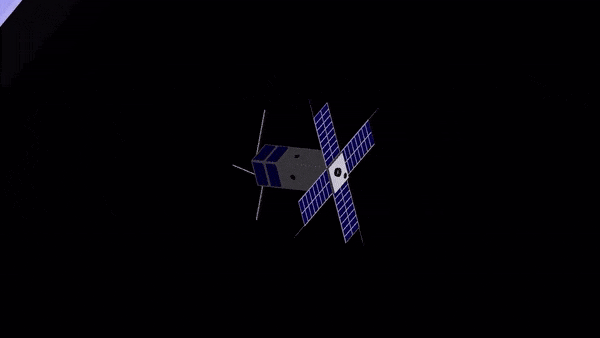PICASSO CubeSat to sift secrets from sunrise
UPDATE: Launch on 02:36 BST / 03:36 CEST on 2 September 2020 from Europe's Spaceport in French Guiana
There is always a sunrise and sunset happening somewhere on our planet. Soon a new Belgium-led CubeSat – flying aboard Europe’s Vega launcher this Sunday – will be keeping watch. The miniature PICASSO mission will use the filtering of sunlight by Earth’s atmosphere to check the health of our protective ozone layer.
CubeSats are miniature satellites built up from standardised 10-cm boxes. The PICo-satellite for Atmospheric and Space Science Observations, or PICASSO, developed with ESA by the Belgian Institute for Space Aeronomy (BISA), is a ‘3-unit’ CubeSat with two scientific payloads. It hosts a cut-down spectrometer for monitoring the atmosphere, as well as sampling probes (called ‘SLP’) to measure space plasma around the nanosatellite.
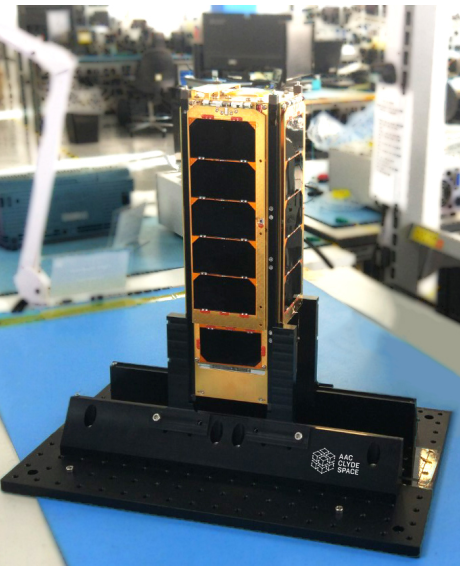
“PICASSO is an experiment, basically,” explains project scientist Didier Fussen, heading the Solar Radiation Department at BISA. “Can an instrument providing valid scientific measurements of the ozone layer, which is a vital parameter for the health of life on Earth, be accommodated on a platform the size of a shoe box?
“The answer turns out to be yes. To make it happen we’ve worked with our partners AAC Clyde Space in Scotland who constructed our CubeSat, and VTT Finland who provided us with a suitably scaled-down spectrometer.
“Meanwhile BISA colleagues contributed a quartet of homemade Langmuir probes to take advantage of this flight opportunity. Extending from the solar panels of the nanosatellite, these ‘SLP’ probes will sample variations in space plasma across PICASSO’s orbit, opening a new window on space weather.
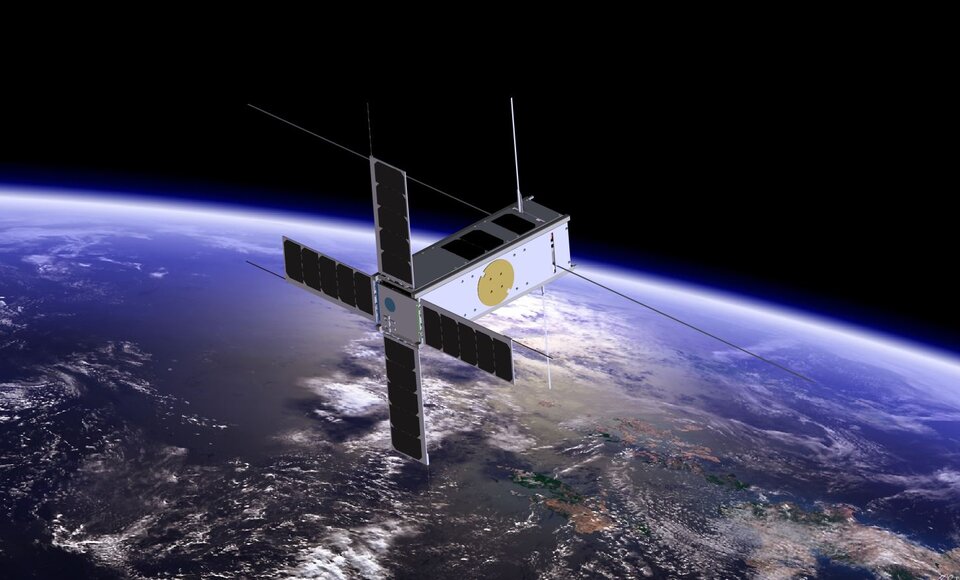
“The other essential elements enabling the mission have been financial support from BELSPO, the Belgium Science Policy Office, the UK Space Agency and the Belgian National Lottery, as well as the technical backing from ESA: CubeSats are small in scale, and use commercial off-the-shelf parts to boost affordability, but for scientific purposes their overall complexity is starting to approach that of a standard-sized mission.”
Something in the air
Focused on the study of the upper atmosphere, BISA has contributed instruments to many other satellites over the years, in particular by proposing the forthcoming ESA Earth Watch mission Altius which will monitor the ozone layer and upper atmosphere across a much wider spectral band, but PICASSO is the Institute’s first CubeSat mission.
The impetus for global ozone monitoring from spaceborne instruments goes back to the mid-1980s, and the shock discovery of a hole in the ozone layer by Antarctic scientists, subsequently confirmed by satellite data. The finding that the ozone layer was being eroded by human-made gases was bad news because it plays a vital role in shielding life from harmful ultraviolet radiation.
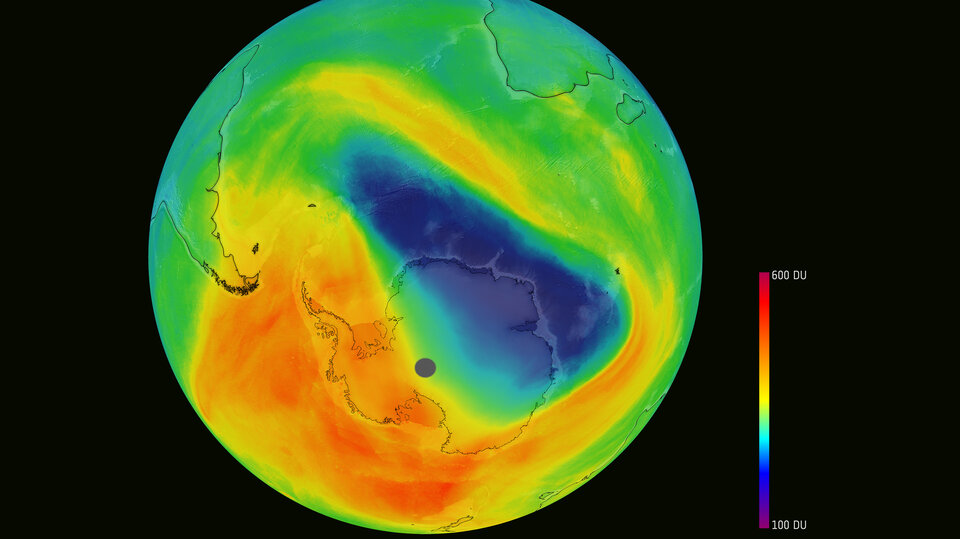
In reaction, in parallel to the international banning of the ‘chlorofluorocarbon’ gases responsible, a new generation of ozone-monitoring instruments were designed and launched, many of which BISA contributed to. For instance, ESA’s 2002-launched Envisat environmental satellite alone carried three such atmospheric sounders.
“The result was something of a golden age for ozone monitoring with a good vertical resolution,” adds Dr Fussen, “but this is now coming to an end as most missions reach the end of their lives. So PICASSO will serve as a demonstrator of the capacity of small satellites to perform monitoring of atmospheric composition.
“Current trends suggest the ozone hole is gradually stabilizing or recovering, but we cannot simply hope for the best. Atmospheric dynamics has a large natural variability year on year, which demands ongoing observation.”

PICASSO’s spectrometer operates on the basis of the solar occultation method, a sophisticated version of ‘spot the difference’. It compares the spectral signatures of sunlight shone through the atmosphere with sunlight coming directly through space to perform vertical mapping of ozone concentration profiles.
Observing sunrises and sunsets twice per orbit, the CubeSat will also attempt an experimental method of taking the temperature of the upper atmosphere. Dr Fussen explains: “As we image the solar disc, we will measure how it has been compressed by the lensing effect of atmospheric refraction, making it smaller and less circular. From this ‘angular size variation’ it is possible to calculate the density of the air at high altitude, and from that derive its temperature.”
PICASSO has been supported through the ‘Fly’ element of ESA’s General Support Technology Programme, readying promising technologies for space. It will be launched along with dozens of other CubeSats and small satellites aboard the inaugural flight of ESA’s Vega Small Spacecraft Mission Service this Sunday early morning.
Follow the launch on ESA Web TV from 02:36 BST / 03:36 CEST on Sunday 21 June, with liftoff due at 02:51 BST / 03:51 CEST (22:51 on 20 June, Kourou local time)
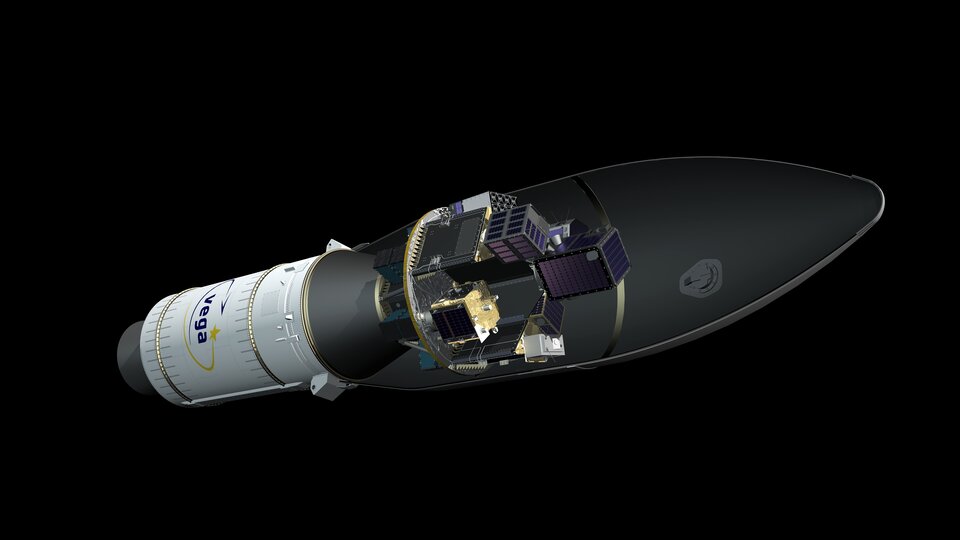
About SSMS
Vega’s Small Spacecraft Mission Service (SSMS) dispenser provides launch opportunities for multiple light satellites with an overall mass ranging from 0.2 kg CubeSats up to 400 kg minisatellites.
The SSMS has a lightweight modular design comprising a lower and upper part each with attachments that can be used to accommodate a range of configurations of satellites depending on requirements.
About Vega
Vega is a 30 m-high, four-stage launch vehicle operating out of Europe’s Spaceport in French Guiana. It is designed to lift between 300 kg and 1.5 tonnes of payload depending on the orbit and altitude.
ESA’s upcoming Vega-C, a more powerful version of Vega, will offer an extra 700 kg of capacity and enlarged volume within a wider launcher fairing at a similar cost to Vega – allowing even more passengers per individual rideshare launch at significant lower cost per kilogram.


